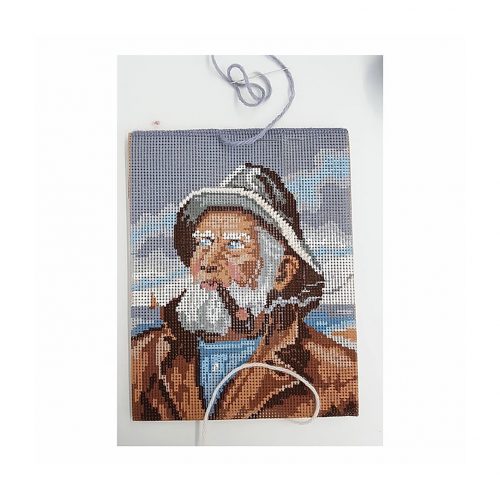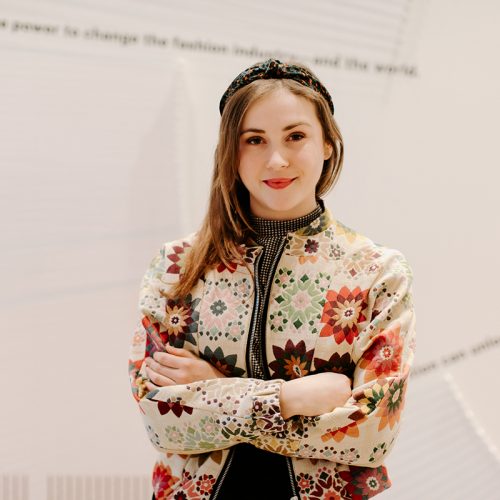“The most sustainable practice is one that involves local making, reusing fabrics and clothes that are already made.”
Would you like some facts?
There is no limit to the urge to consume. Between 2000 and 2016, the volume of textile production worldwide doubled. In 2014, 100 billion garments were produced for the first time worldwide. The clothing industry expects production to increase by a further 62 percent by 2030. Will it be able to do so despite corona-related failures? We have no doubt about that. Normal operation should resume as soon as possible.
How can there be ever more textile production? Because…
![]()
… shopping is a hobby today.
![]()
… fashion is always made cheaper and cheaper.
![]()
… fashion for disposable goods has deteriorated.
Every German buys 60 new items of clothing a year. This corresponds to five new items of clothing per month. We rarely or never wear up to 40 percent of our clothing. First the closets overflow and then the landfills. Bad news: According to the Tagesspiegel, no European country produces more textile waste than Germany with just under five kilograms per inhabitant. More than half (57.1 percent) ends up in environmentally harmful landfills. Almost a quarter (24.3 percent) of all textile waste is burned with CO² intensity. According to a study by Labfresh, only 500 grams of the 4.7 kilograms of clothing waste per head are recycled.
Clearly: An exciting approach is working with textile waste.
The London label JOA has discovered the niche of post-consumer waste in order to protect used clothing that can no longer be sold in vintage shops or changed from chemical or mechanical recycling.
“So much work has been put into the manufacture of the material that it deserves a second chance. That is why we produce fashion from rubbish”
In the beginning, the closets were “looted” by parents and friends. In the meantime, JOA receives a lot of clothing donations thanks to a call in the window of the London studio. The trio receives additional valuable resources from one of the largest British vintage shops. Here, the designers can choose from the entire inventory of unsold parts what they can use for their new designs.
“Margiela, Gaultier & Co. brought upcycling on the catwalk.” JOA wants upcycling to become more commercially viable.
The advantages of working with “garbage”? Everyone has access to old clothes. A creative rethink by using existing resources. The parts that are created in this type of work are mostly one-off pieces – expression of your own personality corresponds to the zeitgeist …
So why wait? Fashion made from rubbish makes a lot of sense.






